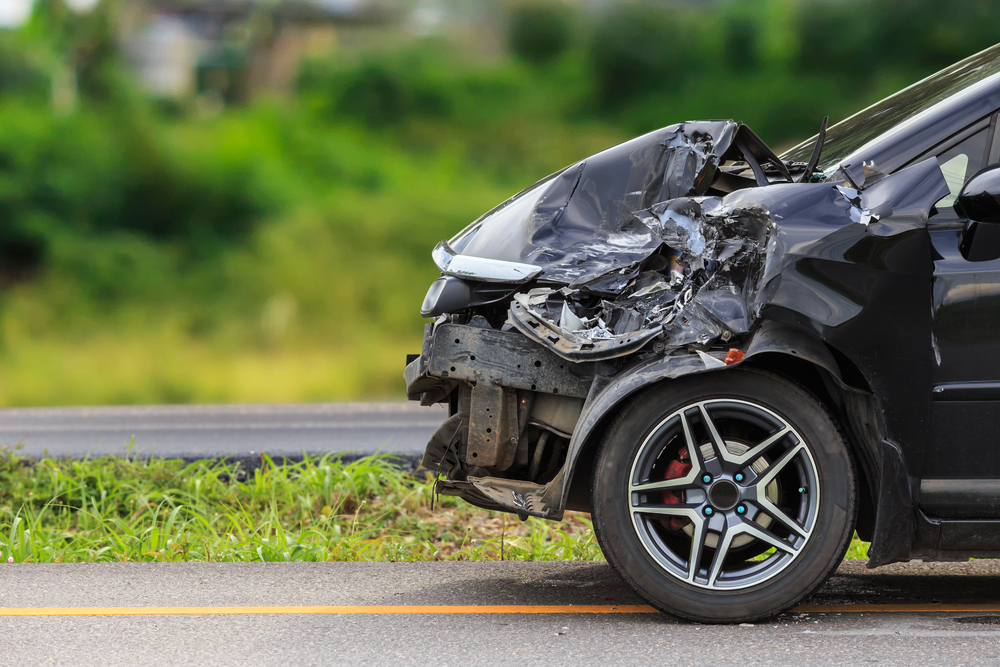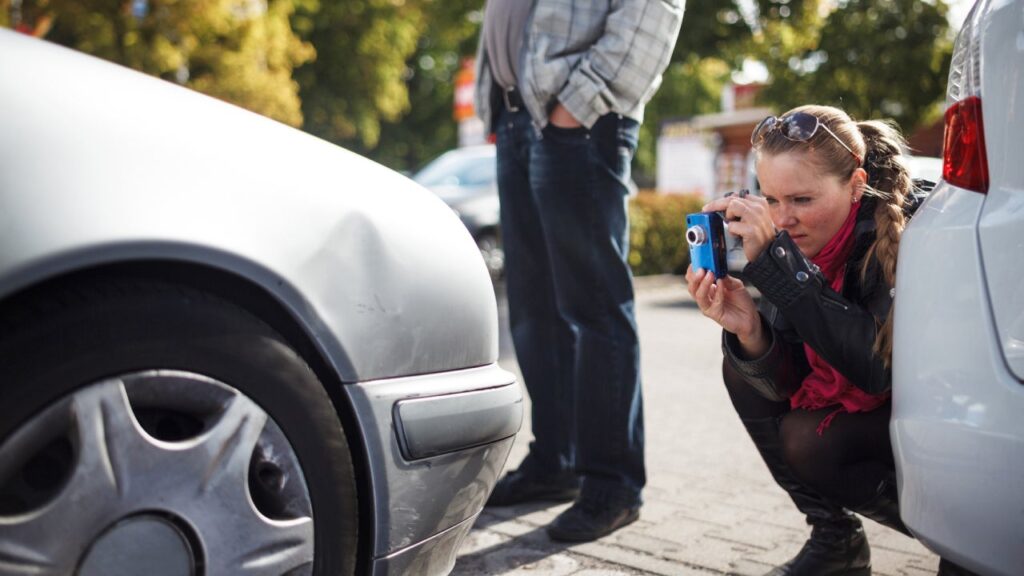Introduction
Car accidents can be stressful and overwhelming, but knowing the right steps to take immediately afterward can help ensure everyone’s safety, protect your legal rights, and streamline the insurance claim process. Whether it’s a minor fender bender or a major collision, following a structured approach can make a significant difference. Here’s a comprehensive guide on what to do after a car accident.
1. Prioritize Safety
The first and foremost concern after a car accident is safety. If possible, move your vehicle to a safe location away from traffic. Turn on your hazard lights to alert other drivers and prevent further collisions. If you cannot move your car, stay inside with your seatbelt fastened until help arrives. In case of a fire or immediate danger, exit the vehicle carefully.

2. Check For Injuries
Check yourself and your passengers for any visible injuries. If anyone is hurt, call emergency services immediately. Even if injuries seem minor, it is crucial to get medical attention, as some symptoms might not appear immediately. Avoid moving injured individuals unless they are in immediate danger, as improper movement may worsen their condition.
3. Call Emergency Services
Call 911 to report the accident and request medical assistance if needed. Provide the dispatcher with clear and accurate information, including the accident’s location, the number of vehicles involved, and whether there are any injuries. A police report is vital for insurance claims and legal purposes, so request an officer to come to the scene.
4. Secure The Scene
To prevent further accidents, set up warning triangles or flares if you have them. If the accident occurred at night, use a flashlight to signal other drivers. Keeping the scene as secure as possible will help avoid additional hazards.
5. Exchange Information
It’s essential to exchange information with the other driver(s) involved in the accident. Collect the following details:
- Name, address, and phone number
- Driver’s license number
- License plate number
- Vehicle make, model, and color
- Insurance company name and policy number
- Contact details of any passengers or witnesses
Avoid discussing fault or making statements that could be used against you later. Keep the conversation factual and professional.

6. Document The Accident Scene
Gather as much evidence as possible by taking clear photos and videos of the accident scene, vehicle damage, road conditions, traffic signs, and any visible injuries. These visuals will be crucial for insurance claims and potential legal actions.
Additionally, write down details about the accident, including:
- Date, time, and location
- Weather and lighting conditions
- Road and traffic conditions
- Any relevant street signs or signals
7. Speak To Witnesses
If there are witnesses, ask for their names and contact information. Witnesses can provide unbiased accounts of the accident, which may be helpful when dealing with insurance companies or legal proceedings.
8. Notify Your Insurance Company
Report the accident to your insurance company as soon as possible. Provide them with the necessary details, including the police report number (if applicable), photos, and witness statements. Cooperate fully but be cautious about accepting fault until all facts are reviewed.
9. Seek Medical Attention
Even if you feel fine, it’s advisable to visit a doctor for a medical evaluation. Some injuries, such as whiplash or internal trauma, may not show symptoms immediately. Having a medical record can also support any potential insurance or legal claims.
10. Follow Up On The Police Report
If law enforcement was involved, request a copy of the police report. This document provides an official record of the accident and can be valuable when dealing with insurance companies or legal claims.
11. Understand Your Legal Rights
If the accident involves injuries or significant property damage, consider consulting a personal injury attorney. A lawyer can help you understand your rights, negotiate with insurance companies, and ensure you receive fair compensation for damages and medical expenses.
12. Avoid Social Media Discussions
Refrain from posting about the accident on social media. Insurance companies and opposing parties may use your posts against you. Keep discussions about the accident private and only share information with your attorney, insurance company, or law enforcement.
13. Arrange For Vehicle Repairs

Once the insurance process is underway, arrange for vehicle repairs. Your insurance company may recommend approved repair shops, but you have the right to choose where your car gets repaired.
14. Monitor Your Health
In the days following the accident, pay close attention to any new symptoms, such as headaches, dizziness, or pain. Seek medical attention immediately if you experience delayed symptoms.
15. Learn From The Experience
Use the accident as a learning experience to improve your driving habits. Take defensive driving courses if necessary and be more cautious on the road to prevent future accidents.
Conclusion
Being involved in a car accident is a stressful experience, but taking the right steps immediately afterward can protect your safety, legal rights, and financial well-being. By staying calm, collecting essential information, and seeking appropriate medical and legal assistance, you can navigate the post-accident process efficiently. Always be prepared, drive safely, and know what to do in case of an emergency on the road.


